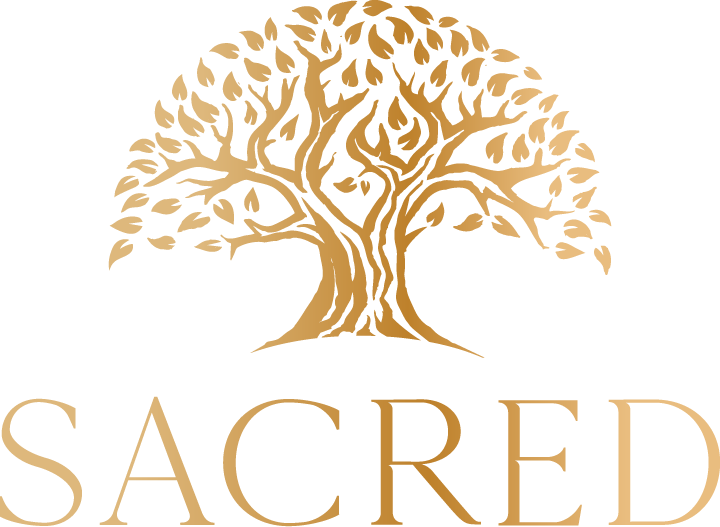
Sidr Honey: A Comparison with Manuka Honey
In the world of natural remedies, honey has long been celebrated for its therapeutic properties. Among the numerous varieties available, Manuka and Sidr honey stand out for their exceptional quality and health benefits. While both are prized for their medicinal properties, there are distinct differences between the two.
Origins and Geographical Distribution: Manuka honey originates from New Zealand, where bees pollinate the flowers of the Manuka tree (Leptospermum scoparium). On the other hand, Sidr honey is produced in the mountainous regions of Yemen, derived from the nectar of the Sidr tree (Ziziphus spina-christi). While both trees have medicinal properties, the Sidr tree has been revered for centuries in traditional medicine for its healing properties.
Antibacterial Potency: Both Sidr and Manuka honey exhibit potent antibacterial activity, but research suggests that Sidr honey may have a broader spectrum of antimicrobial effects. Studies have shown that Sidr honey possesses significant activity against various bacterial strains, including antibiotic-resistant bacteria such as Staphylococcus aureus and Escherichia coli (E. coli). Additionally, Sidr honey's antimicrobial activity is attributed to a combination of factors, including hydrogen peroxide, phytochemicals, and high sugar content.
Unique Bioactive Compounds: Sidr honey contains a unique profile of bioactive compounds, including flavonoids, phenolic acids, and tannins, which contribute to its medicinal properties. These compounds possess antioxidant, anti-inflammatory, and immune-boosting effects, making Sidr honey a powerful natural remedy for a range of health conditions. Manuka honey, while rich in methylglyoxal (MGO), lacks the diverse array of bioactive compounds found in Sidr honey.
Wound Healing and Skin Benefits: Sidr honey has been traditionally used for wound healing and skincare due to its potent antibacterial and anti-inflammatory properties. Research studies have demonstrated its effectiveness in accelerating wound healing, reducing inflammation, and promoting tissue regeneration.
Cultural and Historical Significance: Sidr honey holds significant cultural and historical importance in Yemeni society, where it has been cherished for centuries as a symbol of purity and healing. The Sidr tree is mentioned in religious texts and folklore, further enhancing its revered status. This deep-rooted cultural significance adds to the allure of Sidr honey as a precious natural treasure.
While both Manuka and Sidr honey offer impressive health benefits, Sidr honey stands out as a superior choice due to its broader antimicrobial spectrum, unique bioactive compounds, and rich cultural heritage. Backed by centuries of traditional use and supported by scientific research, Sidr honey is truly a natural marvel that deserves a place in every household.
Disclaimer: The information provided in this blog post is for educational and informational purposes only. It is not intended as medical advice or a substitute for professional medical diagnosis, treatment, or care. Always seek the advice of your physician or other qualified health provider with any questions you may have regarding a medical condition. Never disregard professional medical advice or delay in seeking it because of something you have read in this blog post. The use of natural remedies, including Yemeni Sidr honey, should be approached with caution and individual considerations. Results may vary, and it's essential to consult with a healthcare professional before incorporating any new dietary supplements or making significant changes to your health regimen.
Sources:
1. Al-Waili, N. S. (2011). Natural honey lowers plasma glucose, C-reactive protein, homocysteine, and blood lipids in healthy, diabetic, and hyperlipidemic subjects: Comparison with dextrose and sucrose. Journal of Medicinal Food, 14(7-8), 733–740.
2. Erejuwa, O. O., Sulaiman, S. A., & Wahab, M. S. (2012). Honey: A novel antioxidant. Molecules, 17(4), 4400–4423.
3. Khalil, M. I., Alam, N., Moniruzzaman, M., & Sulaiman, S. A. (2012). Ganoderma lucidum mycelium and spore extracts as natural antibiotics against some pathogens. Acta Pharmaceutica, 62(5), 789–798.
4. Samarghandian, S., Farkhondeh, T., & Samini, F. (2017). Honey and health: A review of recent clinical research. Pharmacognosy Research, 9(2), 121–127.



Leave a comment
This site is protected by hCaptcha and the hCaptcha Privacy Policy and Terms of Service apply.